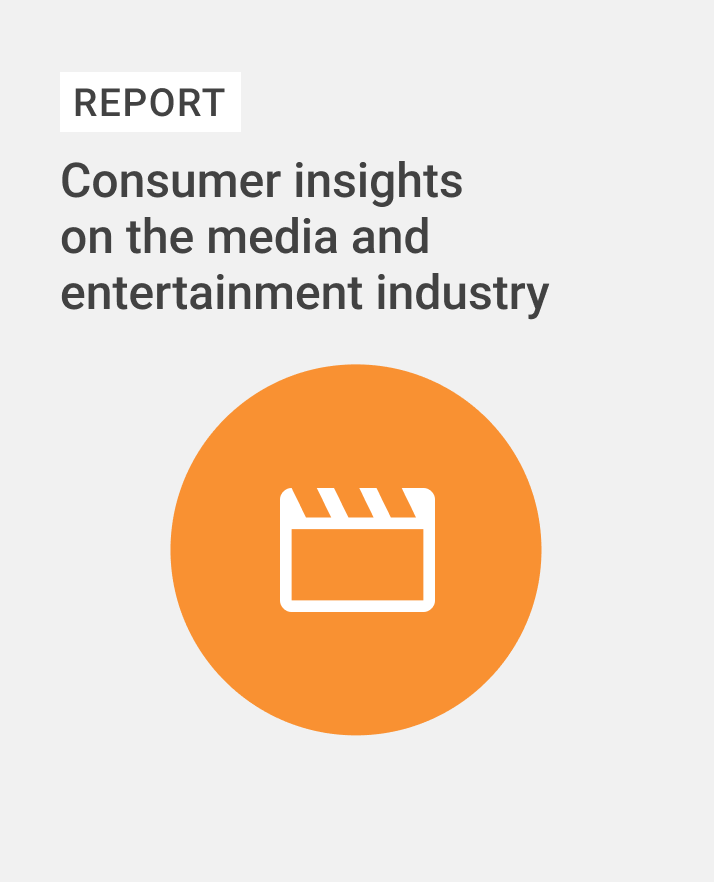After the Grammys, she shared the album artwork on her social media accounts, along with a photograph of a handwritten note, which incorporated some of the words from the source code of her website.
Her mastermind of a marketing team knew that something as subtle as changing her profile picture would get the conversation started, preparing the Swifties for the announcement.
But how much hype does planting these hidden messages create for Taylor? Is it really worth it?
Undoubtedly, it is. In the first hour of the album’s announcement, there were over 250,000 online mentions of the album title, The Tortured Poets Department. Her Instagram announcement reached over 2 million likes in less than 5 minutes. And Taylor released a preorder of a collector's edition deluxe CD for the album, which sold out on her website in under two hours.
So, it’s safe to say Taylor’s methods work. But why?
Taylor’s hidden Easter eggs strategically leverage FOMO (the fear of missing out) among fans – no one wants to be left behind. Swifties love knowing what’s going on. They follow her movements closely, pay extra attention to the small details, and try to solve Easter eggs as a team. The subtle messages lean into this, cultivating an eager, receptive fanbase.
There’s something to be said about developing a sense of community among fans. And this is something brands can benefit from, too. Just like Taylor plants Easter eggs to spark conversations among her fans, companies that foster a community among customers benefit from greater brand awareness and improved customer loyalty.
Generating excitement before a positive announcement is usually a good idea, so why not take a leaf from Taylor’s book next time you have a product release?
Now, let’s look at some brands benefiting from the Taylor effect.
The perks of reactive marketing
The Taylor effect gives us some amazing examples of how brands can benefit from reactive marketing. Here are some cool ways companies are getting involved.
Heinz’s “seemingly ranch” release
Back in September, a Swiftie went viral after sharing this post commenting on Taylor’s latest meal. The account posted a picture of Taylor with a fan, with the caption: “Taylor Swift was eating a piece of chicken with ketchup and seemingly ranch!”
